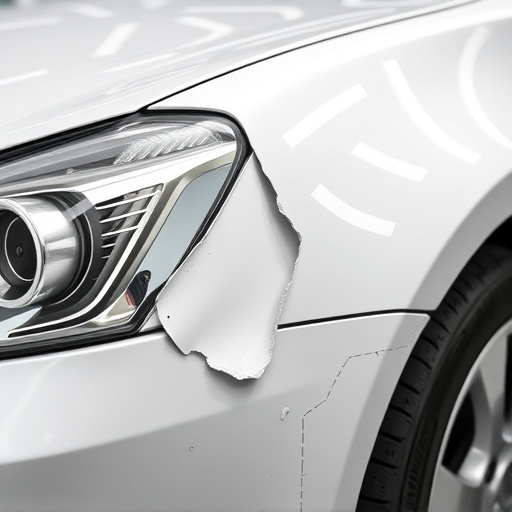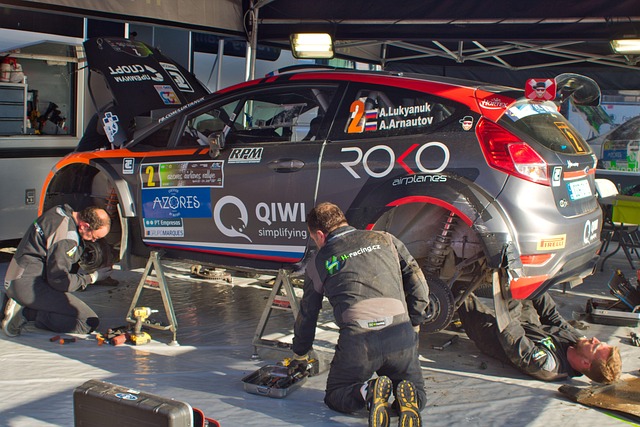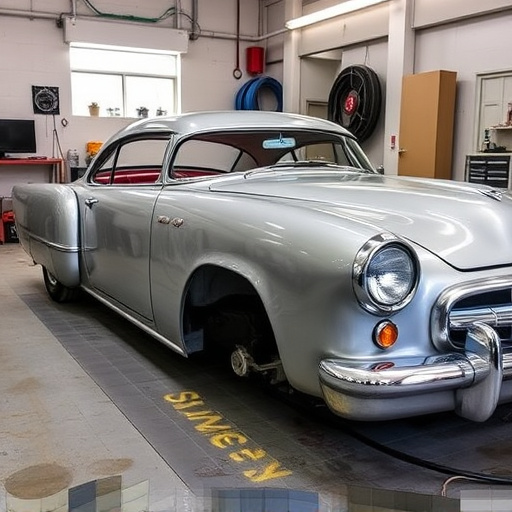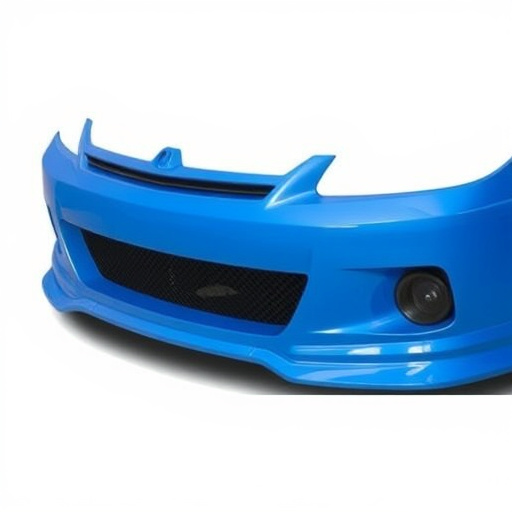Hydraulic frame machines, critical for automotive repairs, face failures from worn components, misalignment, and corrosion. Regular inspections, timely repairs, and preventative maintenance are essential to ensure longevity and optimal performance. Skilled technicians use advanced tools for diagnosis, performing repairs like replacing parts, aligning panels, and cleaning/lubricating components. A structured service schedule includes checking fluid levels, addressing leaks, inspecting for wear, and maintaining clean surfaces to prevent damage and extend component lifespan. Specialized auto body services offer tailored repairs while preserving structural integrity.
In the world of industrial equipment, the hydraulic frame machine is a cornerstone of many operations. However, these complex systems are prone to failures, leading to costly downtime. This article delves into real-world examples of hydraulic frame machine repairs, exploring common failures and their causes. We provide step-by-step repair processes for various scenarios and offer preventative maintenance tips to help facilities avoid costly breakdowns. By understanding these strategies, operators can ensure these machines remain reliable workhorses.
- Common Hydraulic Frame Machine Failures and Their Causes
- Step-by-Step Repair Processes for Real-World Scenarios
- Preventative Maintenance Tips to Avoid Repairs
Common Hydraulic Frame Machine Failures and Their Causes
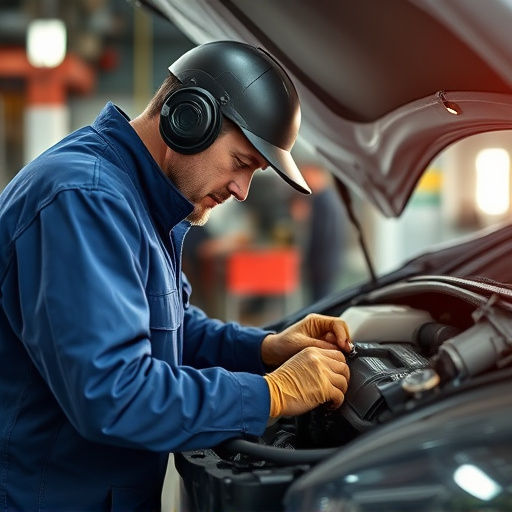
Hydraulic frame machines are integral to many industrial processes, especially in the automotive sector, where they’re used for tasks like frame straightening and structural repairs. However, these complex mechanisms aren’t immune to failures, which can stem from a variety of causes. Common issues include worn or damaged hydraulic components, such as pumps, valves, and cylinders, often accelerated by prolonged use, inadequate maintenance, or exposure to corrosive environments.
Another significant cause of failure is misalignment or improper setup, leading to uneven pressure distribution and excessive stress on specific parts. Regular inspections and timely repairs are crucial to prevent these failures, ensuring the longevity and optimal performance of the hydraulic frame machine. Additionally, auto body services that specialize in frame straightening and car paint repair often rely on such machinery, making it imperative to maintain them effectively to meet service demands efficiently.
Step-by-Step Repair Processes for Real-World Scenarios
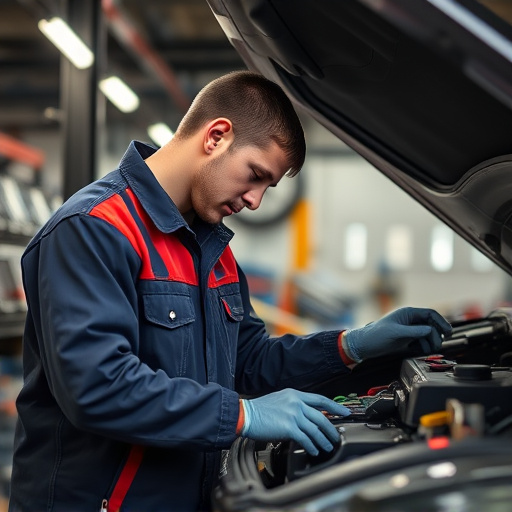
When dealing with hydraulic frame machine repairs in real-world scenarios, the process typically involves several precise steps. It starts with a thorough inspection to identify the source of the issue. This might include checking for leaks, examining the condition of hydraulic components like pistons and valves, and assessing the overall structural integrity of the machine’s frame. In many cases, an auto repair shop with skilled technicians will employ advanced diagnostic tools to pinpoint the problem accurately.
Once the issue is identified, the repair process can begin. This often entails replacing faulty parts, such as worn-out seals or damaged hydraulic pumps. For instance, in a car body shop, technicians might need to realign panels and straighten the frame after a vehicle dent repair. Other steps could involve cleaning and lubricating components, adjusting pressure settings, and testing the system’s functionality post-repair. Ensuring these repairs are done meticulously is crucial to maintain the hydraulic frame machine’s efficiency and safety for subsequent use, especially in demanding industrial settings or auto repair near me facilities.
Preventative Maintenance Tips to Avoid Repairs
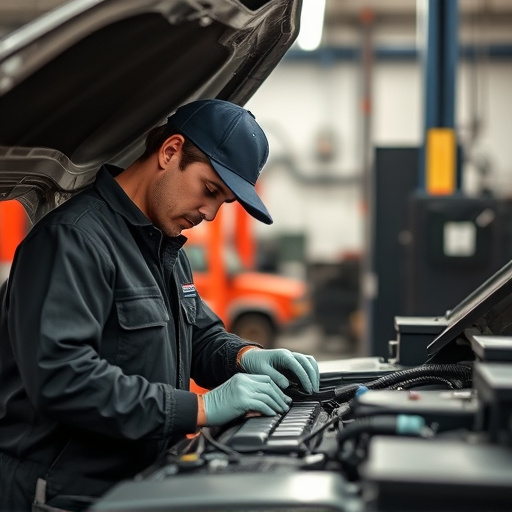
Regular preventative maintenance is key to keeping hydraulic frame machines in top condition and avoiding costly repairs. It’s essential to establish a consistent service schedule that includes checks on all fluid levels, including hydraulic oil, coolant, and brake fluids. Any leaks should be promptly addressed and the sources repaired to prevent further damage.
Additionally, regular inspections for wear and tear are crucial. This includes examining the machine’s frame, hinges, and pivot points for signs of stress or fatigue. Keeping the working surfaces clean and free from debris also helps to prolong the lifespan of hydraulic components. Many vehicle body shops and car repair shops offer specialised services for these machines, focusing on car dent removal and other aesthetic repairs while ensuring structural integrity.
In conclusion, understanding the common failures and implementing preventative maintenance strategies are key to minimizing downtime and extending the lifespan of your hydraulic frame machines. By following the step-by-step repair processes outlined in this article, you can efficiently address real-world issues and keep your equipment running smoothly. Prioritizing regular maintenance checks and promptly addressing any anomalies will significantly reduce the need for extensive repairs, ultimately saving time and costs associated with hydraulic frame machine maintenance.




